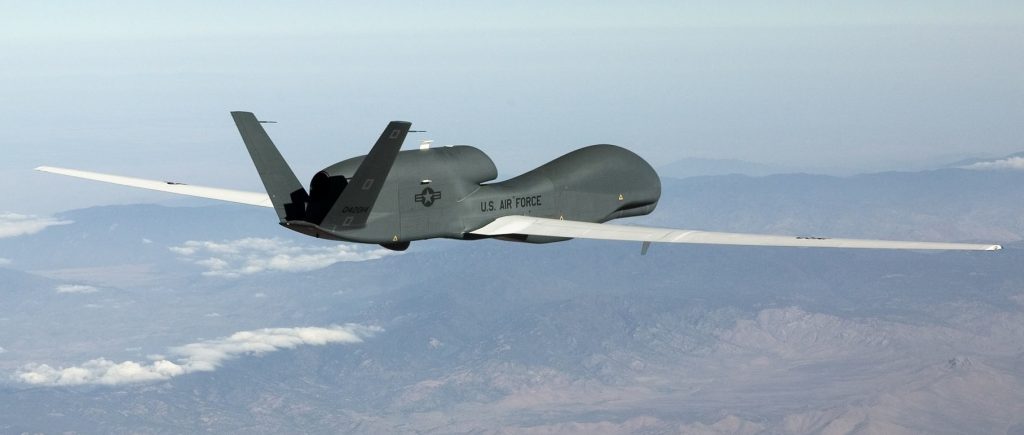
India: The Defence Research and Development Organisation (DRDO) of India continues to miss deadlines in critical military projects with alarming regularity. Leave alone the much-talked-about Tejas light combat aircraft and Arjun main-battle tank, several projects ranging from spy drones and missiles to radars and artillery guns continue to languish with time and cost overruns.
Official documents, for instance, show that two important projects were to be completed this month but have got “revised dates of completion” now. The first project, launched in January, 2012, was to build an active electronically-scanned array (AESA) radar, which is the norm in modern fighter jets, at a cost of Rs 445 crore.But the radar called `Uttam’ is nowhere near being ready with its deadline now extended to May , 2019.
The second project was for developing a medium-altitude long-endurance UAV (unmanned aerial vehicle) called Rustom-II, along with an aeronautical test range at Chitradurga, which was approved in February , 2011, at a cost of Rs 1,649 crore. But its completion date has been pushed to February , 2017.
Absence of an indigenous AESA radar has meant that the first 20 Tejas light combat aircraft – the first two jets were finally delivered to IAF last month under the LCA project approved in 1983 -will have an older mechanically-steered radar.
Moreover, a hunt is now underway to get a suitable AESA radar-EW (electronic warfare) package from global arms majors like Raytheon, Israeli Aerospace Industries, Thales, Saab and others for the next 100 upgraded Tejas Mark-1A fighters to be delivered from 2020 onwards.Similarly , in the absence of indigenous UAVs, the armed forces continue to induct highly-expensive Israeli drones.
DRDO, of course, has to contend with technology denial regimes, frequent midterm revision in qualitative requirements by the armed forces, problems in absorbing high-end technologies by the production agencies (defence PSUs) as well as continuing scarcity of scientific manpower and funds. “China spends around 20% of its defence outlay on R&D. But DRDO gets only 5-7% of the defence budget,” said a scientist.




